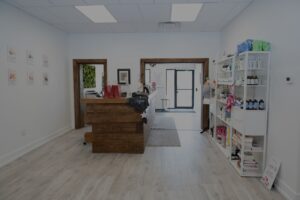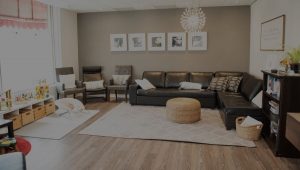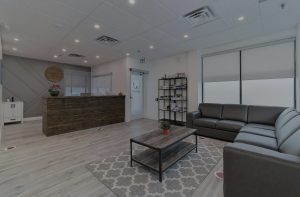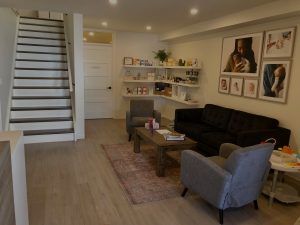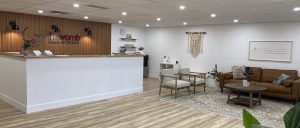Today we had the opportunity to chat with Osteopathic Manual Practitioner, Deepak Deepak from The WOMB Vaughan. Check out what he had to share about a manual therapy called Osteopathy!
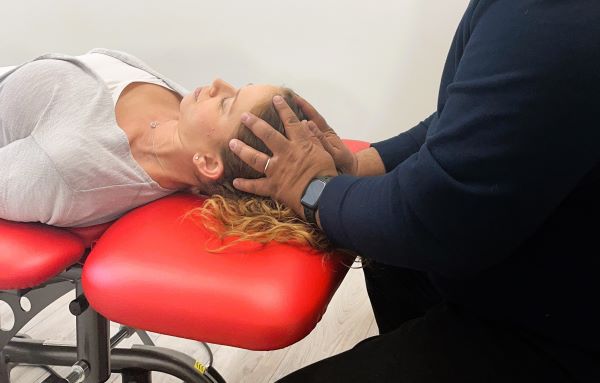
Osteopathy embraces the philosophy that the body has an innate or natural ability to self-regulate and to heal itself. The key factor that permits this process to proceed unimpeded is the ability of the body to circulate all of its fluids and liquids. These fluids include the blood, lymph, synovial fluid, digestive juices, cerebrospinal fluid, axoplasm, and all the other intra and extracellular fluids of the body.
These liquids carry many of the body’s life-sustaining compounds, such as hormones, enzymes and their secretions, immune and anti-inflammatory factors, neural impulses, nutritional elements, and dissolved gases such as oxygen. These fluids are involved in all aspects of life, from the DNA that is suspended within the intracellular fluids, to the fetus which floats in the amniotic fluid. In addition these body fluids serve as mediums for excreting all the bi-products of digestion and cellular respiration.
Any obstruction that impedes the circulation of fluids within the body is the focus of osteopathic assessment and treatment. These impediments may take the form of structural or non-structural blockages. Structural or physical impediments include generalized twists, curves or pulls within the body as well as specific bones, organs or tissues that are misaligned. These faults may either affect the control of a system that controls fluid circulation, or affect the circulation of liquids along with the life sustaining and regulatory products that they carry.
Non-structural impediments may include emotional patterns that are responsible for maintaining the body in a certain adaptation of defence, such as a predisposition to holding the breath. These adaptations are quite often responses to stressful incidents of the past, present, or are of a repetitive nature, such as raising the shoulders in times of stress or cold temperatures.
Over time, the body gradually loses its ability to efficiently self-regulate and to self-heal. Some of this loss may be due to the aging process, the prolonged influence of gravity on posture, trauma, accident, illness, surgical scarring, childbirth, repetitive activity, or the cumulative effects of mental, emotional, physical and spiritual stress.
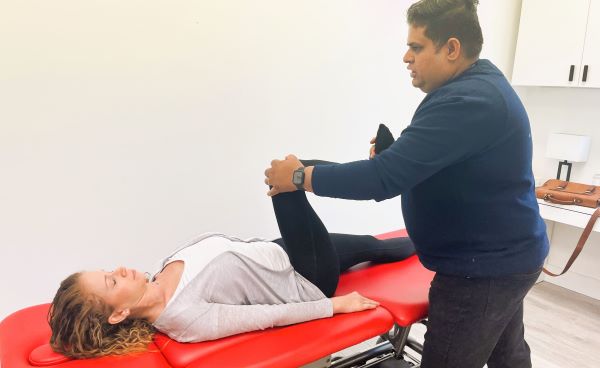
Osteopathy Treatment
In most cases the client has had some combination of the above experiences. The result of these experiences may manifest themselves locally in the body or more frequently, the symptoms are experienced far from the site of the original site of occurrence. For this reason, the Osteopathic Manual Practitioner is said to assess the whole body. Although treatment may be directed toward several specific areas, the effect of that treatment is often felt throughout the body. It is for this reason that the Osteopathic Manual Practitioner is also said to treat the whole body.
By using a meticulous methodology, as provided through the traditional osteopathic education, the Osteopath is able to determine the origin and effects of aging, trauma and other experiences, and create and administer an appropriate treatment plan. This process begins by:
- interviewing the client
- performing a complete osteopathic assessment
- assessing the position, mobility and quality of certain tissues, fluids, and rhythms of the body.
Once the nature of the client’s condition is determined, treatment is directed towards helping the body regain its individual and optimal ability to circulate these fluids unimpeded and in sufficient quantity. This restoration of circulation leads to the body’s natural ability to regulate and heal itself.
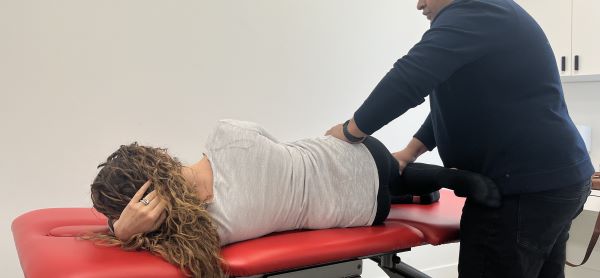
Uses for Osteopathy Treatment include (but are not limited to)
Prenatal and Postnatal Osteopathy:
- Postural issues due to pregnancy
- Emotional and psychological issues such as stress and anxiety
- Postpartum depression
Infants and kids:
- Head control and feeding issues / latching
- Tongue tie release rehabilitation (frenulectomy)
- Digestive problems such as colic, reflux, constipation, and diarrhoea
- Acute wry neck, muscular tension
- Sleep disturbances and behavioural issues
- Developmental delays, including delayed crawling and walking
- Birth trauma
All sorts of pain:
- migraines / headaches
- arthritis
- foot, ankle, hip, and knee pain
- back pain, neck pain, and sciatica
- hand, shoulder, and elbow pain
- tennis and golfer’s elbow
Now that you know more about Osteopathy, we encourage you to give it a try!
Book an assessment with one of The WOMB Vaughan’s Osteopathic Manual Practitioners!
